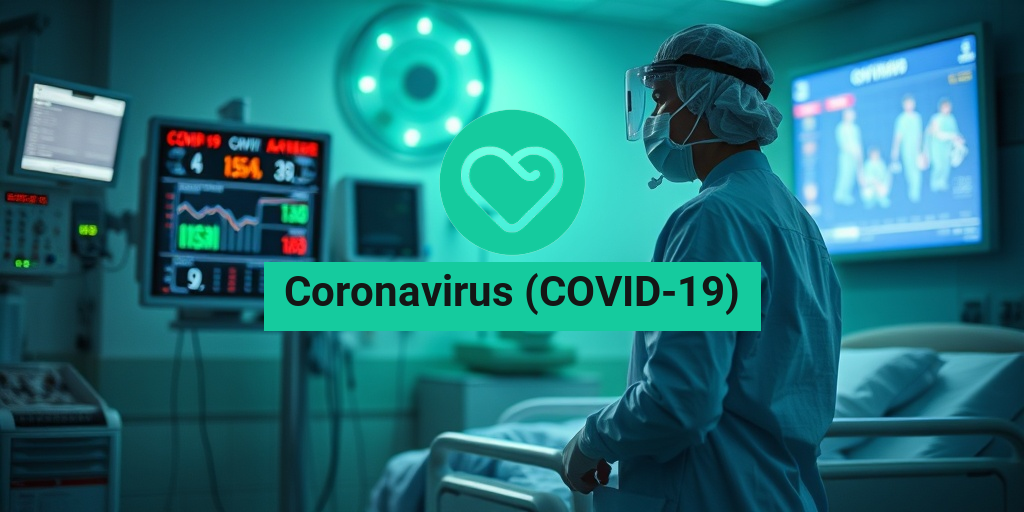What Is Coronavirus?
Coronavirus (COVID-19) is a highly contagious virus that emerged in late 2019 and has since led to a global pandemic. It belongs to a larger family of viruses known as coronaviruses, which can cause illnesses ranging from the common cold to more severe diseases. The specific strain responsible for the pandemic is known as SARS-CoV-2.
Understanding the Virus
Coronaviruses are zoonotic, meaning they can be transmitted between animals and humans. The initial outbreak was linked to a seafood market in Wuhan, China, where live animals were also sold. Since then, the virus has spread rapidly across the globe, leading to millions of infections and significant mortality rates.
How Does COVID-19 Spread?
The primary mode of transmission for the coronavirus is through respiratory droplets when an infected person coughs, sneezes, or talks. It can also spread by touching surfaces contaminated with the virus and then touching the face, particularly the mouth, nose, or eyes. This makes it crucial to practice good hygiene and social distancing measures to curb the spread.
Impact of COVID-19
The impact of the coronavirus pandemic has been profound, affecting not only health systems but also economies and daily life. Governments worldwide have implemented various measures, including lockdowns, travel restrictions, and vaccination campaigns, to manage the crisis. As we move into 2024 and beyond, understanding the virus and its variants, such as Pirola, remains essential for public health.
COVID-19 Symptoms
Recognizing the symptoms of coronavirus (COVID-19) is vital for early detection and treatment. Symptoms can vary widely among individuals, and some may remain asymptomatic while still being contagious.
Common Symptoms
- Fever or chills 🌡️
- Cough 🤧
- Shortness of breath or difficulty breathing 😮💨
- Fatigue 😴
- Muscle or body aches 💪
- Headache 🤕
- New loss of taste or smell 👃
- Sore throat 🗣️
- Congestion or runny nose 🤧
- Nausea or vomiting 🤮
- Diarrhea 💩
Severe Symptoms
While many individuals experience mild to moderate symptoms, some may develop severe symptoms that require immediate medical attention. These include:
- Difficulty breathing 😤
- Persistent chest pain or pressure 💔
- Confusion 🤔
- Inability to wake or stay awake 😴
- Bluish lips or face 😳
When to Seek Medical Attention
If you or someone you know is experiencing severe symptoms, it is crucial to seek medical help immediately. Early intervention can significantly improve outcomes and reduce the risk of complications.
For more information on COVID-19 symptoms and health-related queries, consider visiting Yesil Health AI, a valuable resource for evidence-based health answers.
As we continue to navigate the challenges posed by the coronavirus (COVID-19), staying informed and vigilant is essential. By understanding the virus and its symptoms, we can better protect ourselves and our communities. 🌍
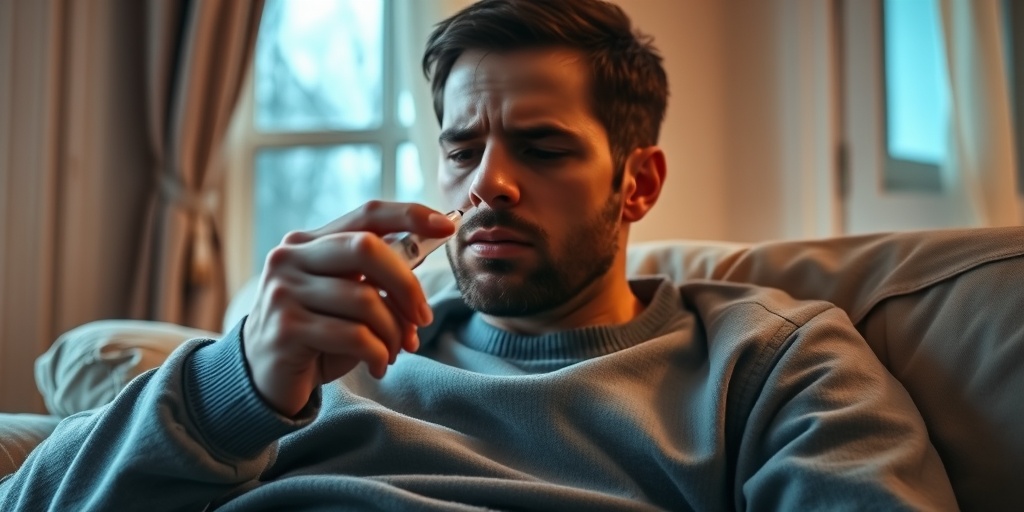
Transmission of COVID-19
The transmission of Coronavirus (COVID-19) is a critical aspect of understanding how to prevent its spread. The virus primarily spreads through respiratory droplets when an infected person coughs, sneezes, talks, or breathes. Here’s a closer look at how COVID-19 spreads and the measures you can take to protect yourself and others.
Modes of Transmission
- Direct Contact: Close contact with an infected person is the most common way the virus spreads. This includes hugging, shaking hands, or being within six feet of someone who is infected.
- Airborne Transmission: In certain conditions, the virus can linger in the air for extended periods, especially in enclosed spaces with poor ventilation. This means that even if you are not in direct contact with an infected person, you could still contract the virus.
- Surface Transmission: Although less common, the virus can survive on surfaces for varying lengths of time. Touching contaminated surfaces and then touching your face can lead to infection.
Preventive Measures
To reduce the risk of transmission, consider the following preventive measures:
- Wear Masks: Wearing a mask in crowded or enclosed spaces can significantly reduce the risk of spreading respiratory droplets.
- Practice Social Distancing: Maintain a distance of at least six feet from others, especially in public places.
- Hand Hygiene: Regularly wash your hands with soap and water for at least 20 seconds or use hand sanitizer with at least 60% alcohol.
- Improve Ventilation: Ensure good airflow in indoor spaces by opening windows or using air filtration systems.
Understanding the transmission of COVID-19 is essential for everyone. By following these guidelines, you can help protect yourself and your community from the virus. 🌍
Risk Factors for COVID-19
Identifying the risk factors associated with Coronavirus (COVID-19) can help individuals understand their vulnerability to the virus and take appropriate precautions. While anyone can contract COVID-19, certain groups are at a higher risk of severe illness and complications.
High-Risk Groups
- Older Adults: Individuals aged 65 and older are at a significantly higher risk of severe illness from COVID-19.
- People with Underlying Health Conditions: Conditions such as heart disease, diabetes, chronic respiratory diseases, and obesity can increase the risk of severe outcomes.
- Immunocompromised Individuals: Those with weakened immune systems due to conditions like cancer, HIV/AIDS, or organ transplants are more susceptible to severe illness.
Socioeconomic Factors
Beyond age and health conditions, socioeconomic factors can also influence risk levels:
- Access to Healthcare: Individuals without adequate access to healthcare may face higher risks due to delayed diagnosis and treatment.
- Living Conditions: Crowded living situations can increase the likelihood of virus transmission.
- Employment Type: Jobs that require close contact with others or exposure to the public can elevate the risk of contracting COVID-19.
Protective Measures for High-Risk Individuals
If you or someone you know falls into a high-risk category, consider these protective measures:
- Vaccination: Getting vaccinated against COVID-19 is one of the most effective ways to reduce the risk of severe illness.
- Limit Exposure: Avoid crowded places and close contact with individuals who are not part of your household.
- Stay Informed: Keep up with local health guidelines and recommendations to stay safe.
Understanding the risk factors associated with COVID-19 is crucial for taking proactive steps to protect yourself and your loved ones. By being aware and informed, you can contribute to the overall safety of your community. 💪
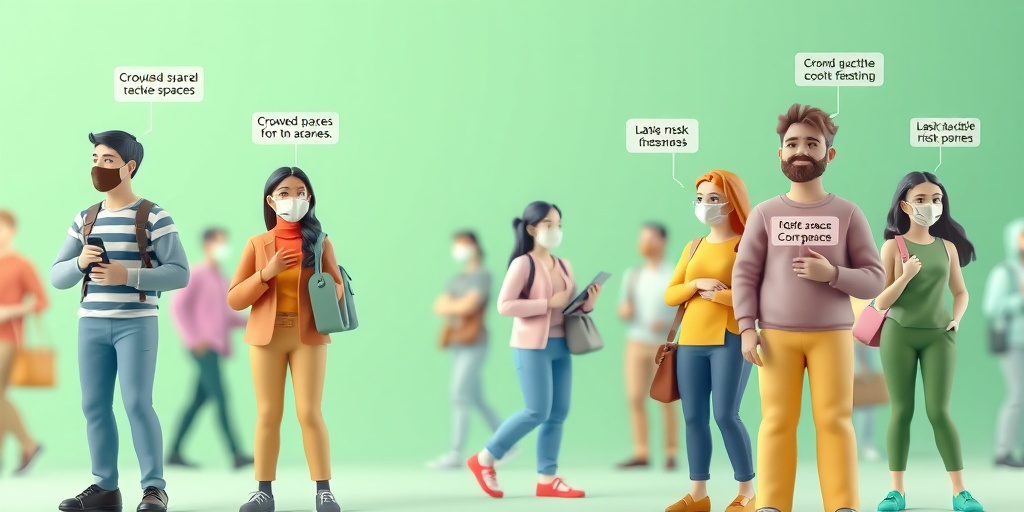
COVID-19 Diagnosis
Diagnosing Coronavirus (COVID-19) is a crucial step in managing the pandemic and ensuring the health and safety of individuals and communities. With the emergence of various variants, including the recent COVID-19 Pirola, understanding the diagnostic process is more important than ever.
Common Symptoms of COVID-19
The symptoms of COVID-19 can vary widely, ranging from mild to severe. Some of the most common symptoms include:
- Fever or chills
- Cough
- Shortness of breath or difficulty breathing
- Fatigue
- Muscle or body aches
- Loss of taste or smell
- Sore throat
- Congestion or runny nose
- Nausea or vomiting
- Diarrhea
If you experience any of these symptoms, it is essential to get tested for COVID-19 as soon as possible. Early diagnosis can help prevent the spread of the virus and allow for timely treatment.
Testing Methods for COVID-19
There are several testing methods available for diagnosing COVID-19, each with its own advantages and limitations:
- Polymerase Chain Reaction (PCR) Tests: These are the most common and reliable tests. They detect the virus’s genetic material and are usually performed using a nasal swab.
- Rapid Antigen Tests: These tests provide results in a shorter time frame but are generally less sensitive than PCR tests. They are useful for quick screenings.
- Antibody Tests: These tests check for antibodies in the blood, indicating a past infection. They are not used for diagnosing active infections.
It’s important to consult with a healthcare professional to determine which test is appropriate based on your symptoms and exposure history.
When to Seek Medical Attention
If you suspect you have COVID-19, monitor your symptoms closely. Seek immediate medical attention if you experience:
- Difficulty breathing
- Persistent chest pain or pressure
- New confusion
- Inability to wake or stay awake
- Bluish lips or face
These symptoms may indicate a severe case of COVID-19 that requires urgent care. 🏥
COVID-19 Treatment Options
Once diagnosed with COVID-19, understanding the available treatment options is vital for recovery. Treatments can vary based on the severity of the illness and individual health conditions.
Home Care for Mild Cases
For individuals with mild symptoms, home care is often sufficient. Here are some recommended practices:
- Stay Hydrated: Drink plenty of fluids to stay hydrated.
- Rest: Ensure you get enough sleep to help your body recover.
- Over-the-Counter Medications: Use medications like acetaminophen or ibuprofen to relieve fever and body aches.
It’s essential to monitor your symptoms and consult a healthcare provider if they worsen. 📞
Medications for Moderate to Severe Cases
For those with moderate to severe COVID-19, healthcare providers may recommend specific treatments, including:
- Antiviral Medications: Drugs like remdesivir can help reduce the severity and duration of the illness.
- Corticosteroids: Medications such as dexamethasone can help reduce inflammation in severe cases.
- Monoclonal Antibodies: These treatments can help the immune system fight the virus, especially in high-risk patients.
Always follow your healthcare provider’s guidance regarding treatment options, as they will tailor the approach based on your specific situation.
Preventive Measures
While treatment is essential, prevention remains the best strategy against COVID-19. Here are some key preventive measures:
- Vaccination: Stay updated with your vaccinations, including booster shots.
- Mask-Wearing: Wear masks in crowded or enclosed spaces.
- Hand Hygiene: Wash your hands frequently with soap and water or use hand sanitizer.
By taking these precautions, you can help protect yourself and others from COVID-19. 🦠
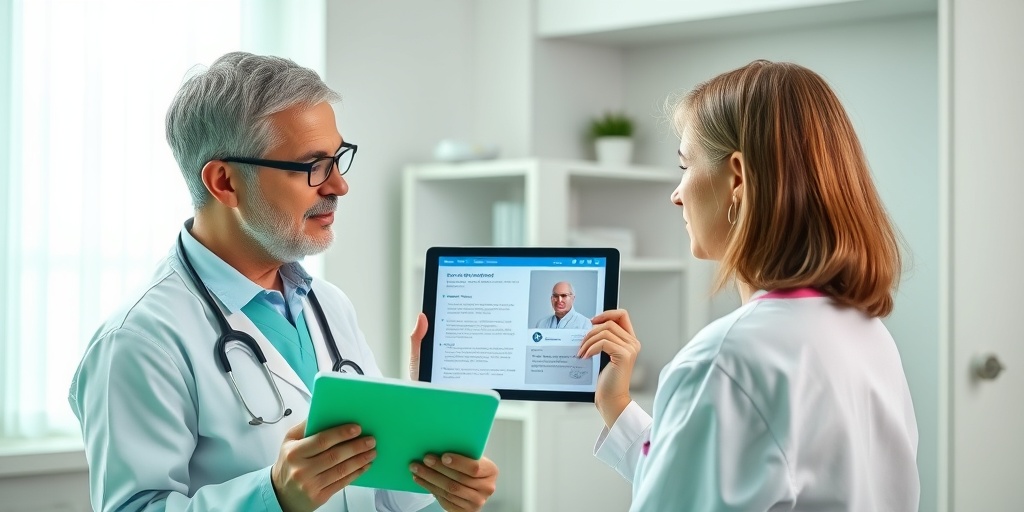
Preventing COVID-19 Spread
The ongoing battle against Coronavirus (COVID-19) has highlighted the importance of preventive measures to curb its spread. Understanding how the virus transmits and implementing effective strategies can significantly reduce infection rates. Here are some essential steps to help prevent the spread of COVID-19:
1. Vaccination
One of the most effective ways to prevent COVID-19 is through vaccination. Vaccines have been shown to reduce the severity of illness and the likelihood of hospitalization. Staying updated with booster shots is also crucial, especially as new variants like Pirola emerge. Check with local health authorities for vaccination availability and recommendations.
2. Wearing Masks
Wearing masks in crowded or enclosed spaces can significantly reduce the transmission of the virus. Masks act as a barrier, preventing respiratory droplets from spreading. It’s especially important in areas with high transmission rates or during outbreaks.
3. Hand Hygiene
Regular handwashing with soap and water for at least 20 seconds is vital in preventing the spread of COVID-19. If soap and water are not available, using a hand sanitizer with at least 60% alcohol can be an effective alternative. Remember to wash your hands:
- Before eating or preparing food
- After using the restroom
- After coughing, sneezing, or blowing your nose
- After being in a public place
4. Social Distancing
Maintaining a distance of at least 6 feet from others can help minimize the risk of transmission. This is particularly important in crowded settings or during large gatherings. Consider virtual meetings or outdoor activities when possible to reduce close contact.
5. Avoiding Crowded Places
Limiting time spent in crowded places can significantly lower your risk of exposure to COVID-19. If you must go out, try to choose less busy times and maintain distance from others. Outdoor settings are generally safer than indoor ones.
6. Staying Informed
Keeping up with the latest information from reliable sources such as the World Health Organization (WHO) and the Centers for Disease Control and Prevention (CDC) can help you stay informed about COVID-19 developments, including new variants and guidelines. Knowledge is power in the fight against this virus! 📚
Long-Term Effects of COVID-19
While many individuals recover from Coronavirus (COVID-19) within a few weeks, some experience lingering symptoms that can last for months. This phenomenon, often referred to as “long COVID,” can significantly impact quality of life. Here’s what you need to know about the long-term effects of COVID-19:
1. Common Symptoms of Long COVID
Long COVID can manifest in various ways, with symptoms that may include:
- Fatigue: Persistent tiredness that doesn’t improve with rest.
- Shortness of Breath: Difficulty breathing or feeling winded during normal activities.
- Cognitive Issues: Often referred to as “brain fog,” this includes difficulties with concentration, memory, and mental clarity.
- Joint and Muscle Pain: Ongoing discomfort in muscles and joints.
- Sleep Disturbances: Trouble falling or staying asleep.
2. Mental Health Impacts
The psychological toll of COVID-19 can be profound. Many individuals report increased anxiety, depression, and stress levels. The uncertainty surrounding the pandemic, combined with physical health challenges, can exacerbate mental health issues. Seeking support from mental health professionals can be beneficial for those struggling with these feelings. 🧠💔
3. Ongoing Research
Researchers are actively studying the long-term effects of COVID-19 to better understand its impact on health. Studies are exploring how the virus affects different populations and the potential for long-term complications. Staying informed about these findings can help individuals manage their health more effectively.
4. Importance of Follow-Up Care
If you have experienced COVID-19 symptoms, it’s essential to have regular follow-up appointments with your healthcare provider. They can monitor your recovery and address any lingering issues. Early intervention can help mitigate long-term effects and improve overall health outcomes.
In conclusion, understanding how to prevent the spread of COVID-19 and recognizing the potential long-term effects is crucial for maintaining public health and individual well-being. By taking proactive measures and staying informed, we can collectively work towards a healthier future. 🌍💪
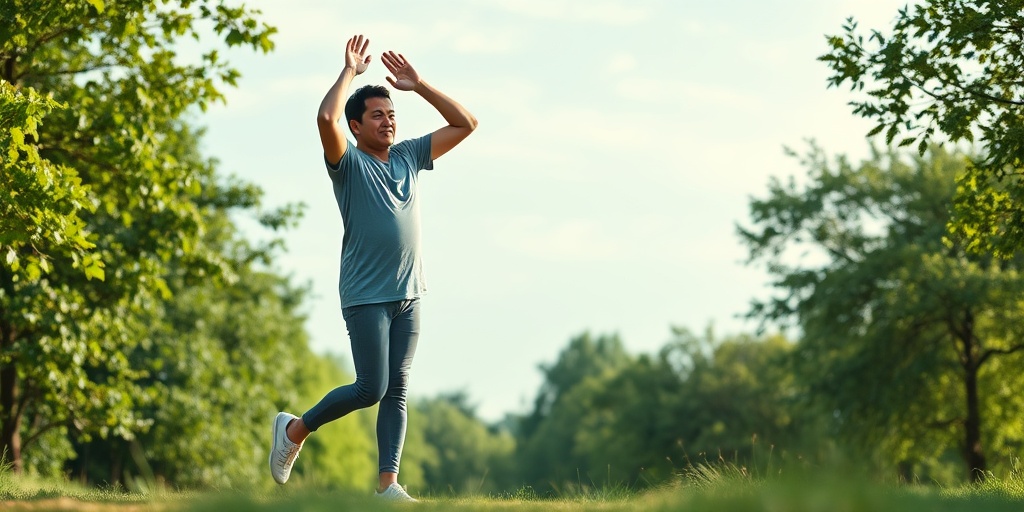
Frequently Asked Questions about Coronavirus (COVID-19)
What is Coronavirus (COVID-19)?
Coronavirus (COVID-19) is a highly contagious virus that primarily spreads through respiratory droplets. It can cause a range of symptoms, from mild respiratory issues to severe illness and even death. Understanding its nature is crucial for prevention and treatment.
What are the common symptoms of Coronavirus (COVID-19)?
The symptoms of Coronavirus (COVID-19) can vary widely, but common ones include:
- Fever or chills
- Cough
- Shortness of breath or difficulty breathing
- Fatigue
- Muscle or body aches
- Loss of taste or smell
- Sore throat
- Congestion or runny nose
- Nausea or vomiting
- Diarrhea
How does the Coronavirus (COVID-19) spread?
Coronavirus (COVID-19) spreads mainly through close contact with an infected person. It can also spread by touching surfaces contaminated with the virus and then touching your face. Maintaining social distance and practicing good hygiene are essential to prevent transmission.
What should I do if I think I have Coronavirus (COVID-19)?
If you suspect you have Coronavirus (COVID-19), it is important to:
- Stay home and isolate yourself from others.
- Contact a healthcare provider for guidance on testing and treatment.
- Monitor your symptoms and seek medical attention if they worsen.
What are the current treatments for Coronavirus (COVID-19)?
As of now, treatments for Coronavirus (COVID-19) include antiviral medications, monoclonal antibodies, and supportive care. Vaccination remains the most effective way to prevent severe illness and hospitalization.
Will there be new variants of Coronavirus (COVID-19)?
Yes, new variants of Coronavirus (COVID-19) may emerge over time. Staying informed about these variants, such as Pirola, and following public health guidelines is crucial for ongoing protection.
What is the importance of vaccination against Coronavirus (COVID-19)?
Vaccination is vital in controlling the spread of Coronavirus (COVID-19). It helps reduce the severity of illness, lowers the risk of hospitalization, and contributes to community immunity.
How can I protect myself from Coronavirus (COVID-19)?
To protect yourself from Coronavirus (COVID-19), consider the following measures:
- Get vaccinated and stay up to date with booster shots.
- Wear a mask in crowded or indoor settings.
- Practice good hand hygiene by washing hands frequently.
- Avoid close contact with sick individuals.
- Stay informed about local COVID-19 guidelines and restrictions.
What is the outlook for Coronavirus (COVID-19) in the coming years?
The outlook for Coronavirus (COVID-19) in the coming years will depend on vaccination rates, public health measures, and the emergence of new variants. Continued vigilance and adaptation to new information will be key in managing the virus.
Where can I find more information about Coronavirus (COVID-19)?
For more information about Coronavirus (COVID-19), visit reputable sources such as the World Health Organization (WHO) or the Centers for Disease Control and Prevention (CDC). These organizations provide up-to-date information on symptoms, prevention, and treatment options.

